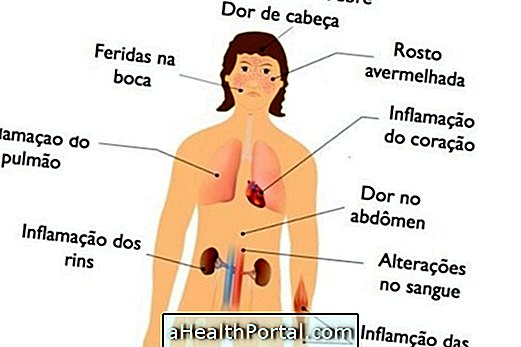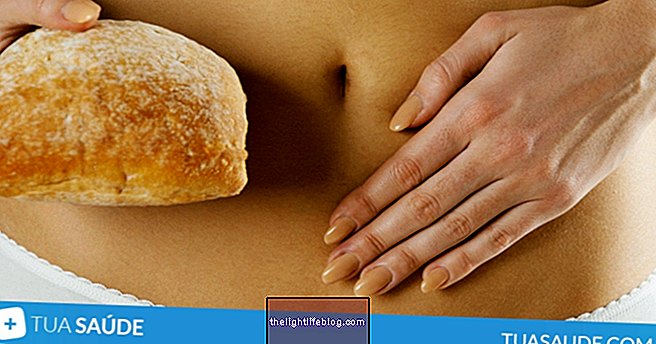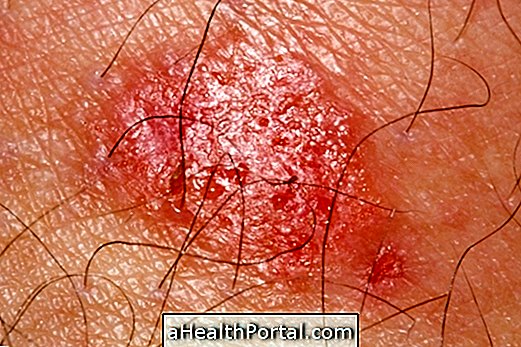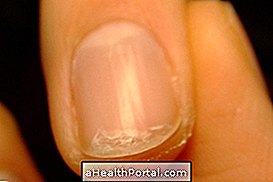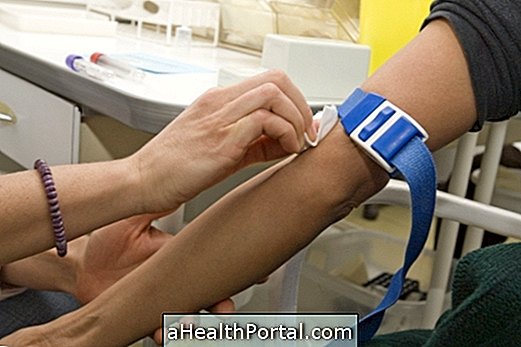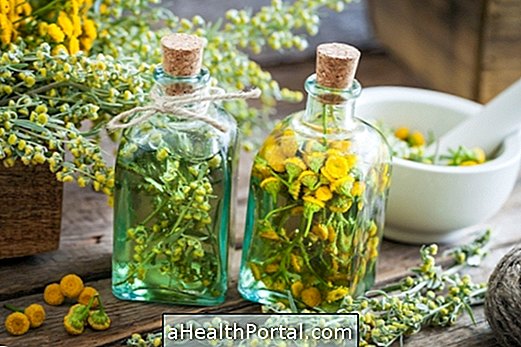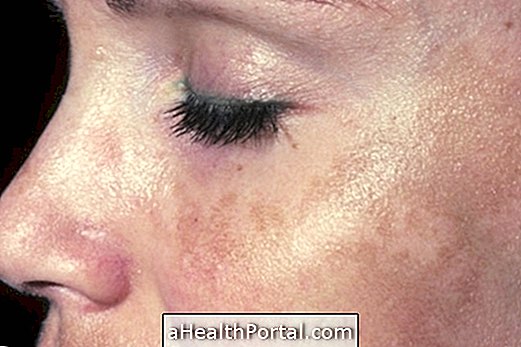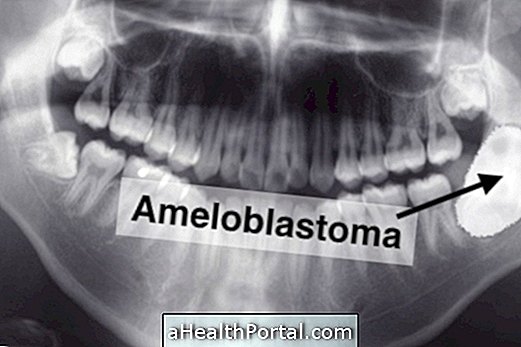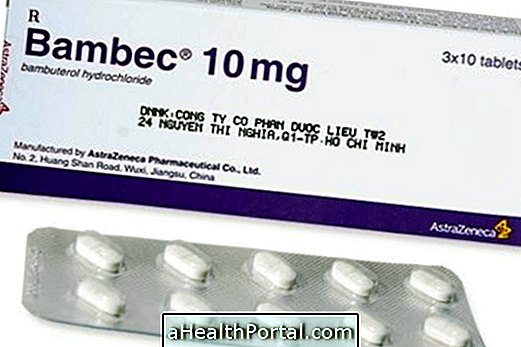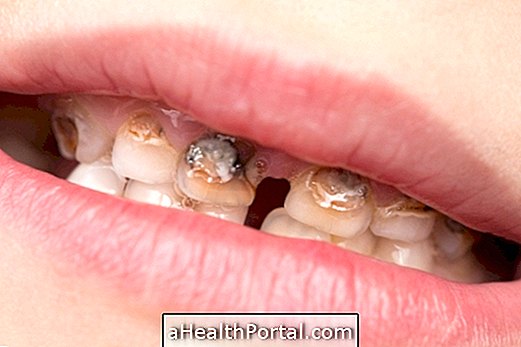Nail psoriasis, also called nail psoriasis, should be treated with topical medications such as clobetasol glazes, which should be applied twice weekly, or vitamin D-based corticosteroids, which are applied directly to wounds that may form on the tips of the fingers or toes.
In more severe cases, where skin lesions reach other parts of the body, when wounds on the hands and feet are greater, or where local treatment does not produce results, the physician may recommend the use of ingesting medicines that have an effect on the body. whole body, such as methotrexate, corticosteroids and immunosuppressants.
Often nail psoriasis can be confused with ringworm, but psoriasis is not contagious, though very difficult to control as well.
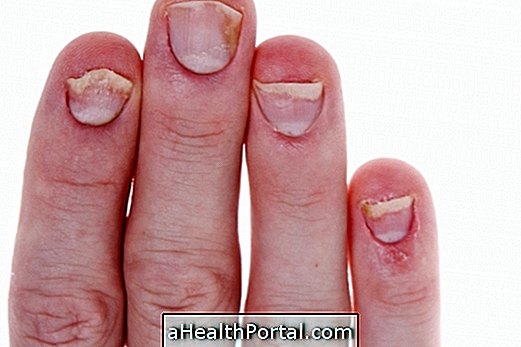
What to do to not aggravate wounds
In order not to aggravate the wounds, the use of chemicals in the hands and of soaps, detergents, creams or perfumes that are not indicated by the doctor should be avoided. An alternative is to use fine cotton gloves during handwork, as rubber gloves can irritate the skin further, taking care that the gloves are clean and used for a short time.
It is also important to keep your hands dry by removing all moisture from the nails and fingers with disposable tissues after hand washing or after bathing. In addition, the nails should be kept short, using a cutter instead of the scissors, and avoiding the use of sandpaper.
In case of callus or nail corners, you should seek help from the dermatologist or podiatrist to treat properly and avoid aggravation of wounds.
Alternative treatment
An alternative treatment for psoriasis is the aquarium bath with claw-rufa fish, also called fish-doctor, which feeds on the injured skin of psoriasis, which stimulates the growth of a new layer of healthy skin.
This treatment is done in specialized clinics that raise these fish, and each session lasts about 30 minutes. The frequency and number of sessions depends on the severity of the disease, and can be done daily or once a week.

Food for psoriasis
To control the symptoms of psoriasis, foods that increase inflammation, such as red meat, inlays and canned foods such as sausage, sausage and bacon, and foods rich in peppers and artificial preservatives should be avoided.
In addition, it is important to increase the intake of fruits and vegetables and omega-3 rich products, such as flaxseed, salmon, tuna, walnuts and nuts. See more examples in: Feeding for psoriasis.
To treat this disease naturally, see the video:

Symptoms
Nail psoriasis can reach one or several nails, as well as may manifest on the fingers and palms of the hands and soles of the feet, causing symptoms such as:
- Small depressions on nails;
- Deformed and thick nails;
- Brittle and scaly nails;
- Loss of color, with presence of white stripes or brown spots;
- Nail breakage;
- Bleeding.
As soon as the first symptoms of changes in the hands or feet appear, one should seek the dermatologist to start treatment, which will be more effective while the lesions are still small.
